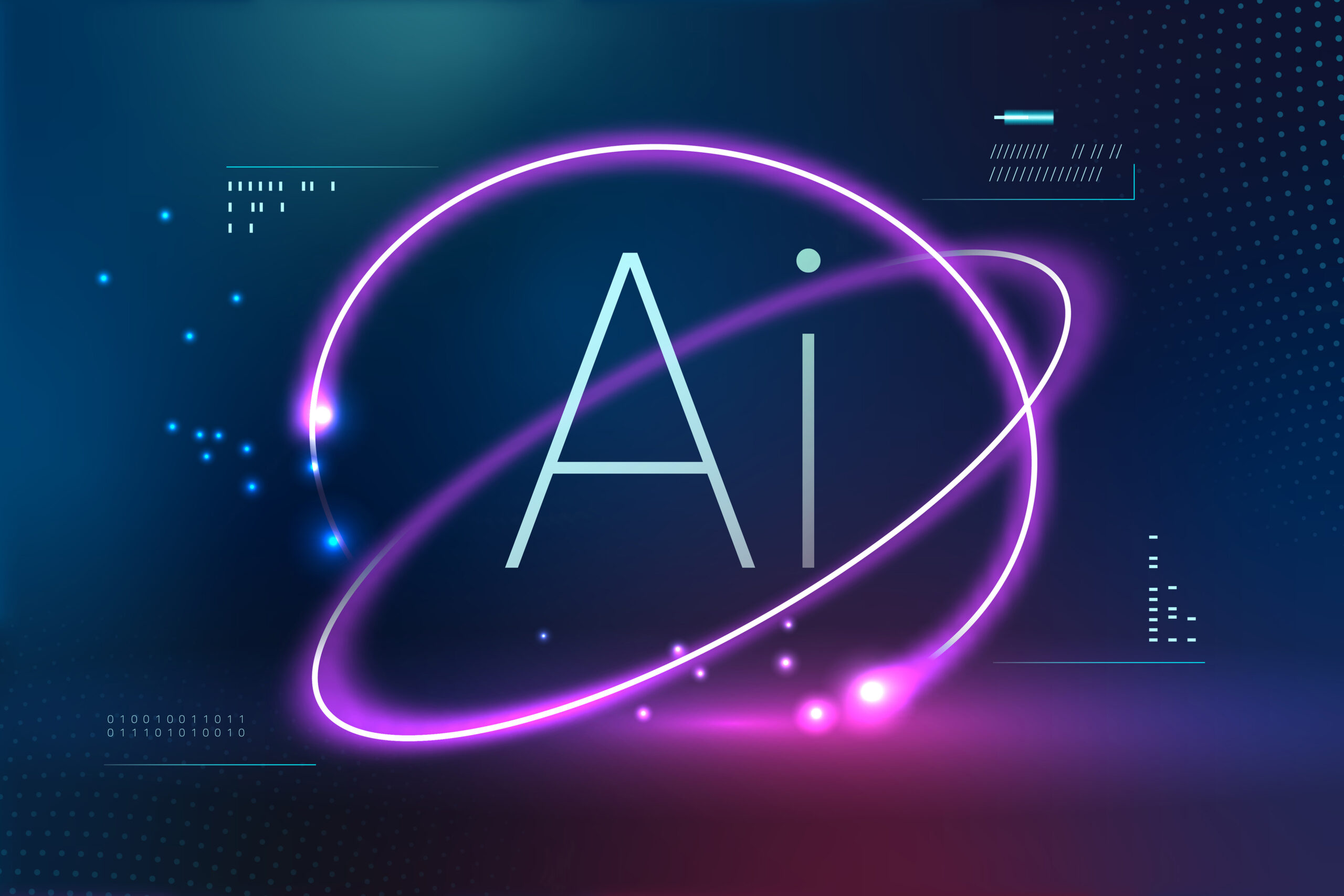Top 6 Key Steps to Develop AI Software
Are you looking to pace up with digitization and ensure your business resolves all its end-customer problems? Building AI-backed software is the key to automating repetitive tasks and helping meet your goals hassle-free. AI software solutions are already being employed by several businesses to evaluate customer behaviour, view sales trends, and execute effective marketing campaigns. For instance, from tools like ChatGPT for data generation to others for designing and more, each software development company is urged to release unique AI software.
However, developing AI software is a challenging task, and many businesses need clarification about how to execute the process. This guide covers various steps from understanding problems to training AI models and more. Let’s explore these steps and take you one step forward toward successful AI software development.
Understanding the Steps Involved in AI Software Development

Below are the essential phases involved in the process of AI model building. Following these crucial steps can help achieve an end product that addresses business challenges hassle-free.
Define the Purpose of AI Software Development
The first step to building AI software is to assess the purpose of development or what business challenge you want to resolve. Define the value proposition, the problem faced, and why software development resonates with the business and end-customer needs. This step involves a clear understanding of your business objectives and how AI can help achieve them.
To ensure a comprehensive assessment, consider the following sub-steps:
- Identify Key Problems: Determine the specific issues that AI can address. Is it customer service, sales forecasting, or operational efficiency?
- Set Objectives: Outline the goals you aim to achieve with AI, such as reducing response time, increasing sales, or improving customer satisfaction.
- Evaluate Feasibility: Assess the technical and financial feasibility of integrating AI into your business processes.
You can also collaborate with an AI consulting services company that can guide you throughout the process with their years of industry experience and expertise.
Gather and Refine Data
High-quality data is essential to building or improving the AI system. Usually, data is available in two types:
- Structured Data: This is well-defined and detailed information with easy accessibility, often found in databases, spreadsheets, and organized documents.
- Unstructured Data: This data is complex to understand and parses, such as transcripts from conversations, social media posts, and multimedia content.
Upon gathering data, clean and process it to ensure accuracy and relevance. Data preparation involves several steps:
- Data Collection: Gather data from various sources relevant to your business needs.
- Data Cleaning: Remove duplicates, correct errors, and fill in missing values to ensure data quality.
- Data Transformation: Convert data into a format suitable for analysis, such as normalizing text or scaling numerical values.
Properly processed data forms the foundation for training a reliable and accurate AI model.
Select an AI Algorithm
Choosing a suitable AI algorithm is crucial and depends on the nature of the problem, available resources, and desired outcomes. Here are some common types of AI algorithms and their typical use cases:
- Supervised Learning Algorithms: Used for tasks where historical data with known outcomes is available, such as classification and regression problems.
- Unsupervised Learning Algorithms: Suitable for discovering hidden patterns or intrinsic structures in data, like clustering and association tasks.
- Reinforcement Learning Algorithms: Employed in scenarios where an agent learns to make decisions by interacting with an environment, often used in robotics and game AI.
Consider factors like performance metrics, scalability, cost, and complexity when selecting an algorithm. For example:
- Recurrent Neural Networks (RNNs): Ideal for tasks involving sequential data, such as language modelling and time-series prediction.
- Convolutional Neural Networks (CNNs): Perfect for image and video recognition tasks due to their ability to capture spatial hierarchies.
Train the AI Model
Training the AI model involves using the prepared data to teach the algorithm to make accurate predictions or decisions. This step requires significant computational resources and time. The training process includes:
- Data Splitting: Divide the data into training, validation, and test sets to evaluate the model’s performance accurately.
- Model Training: Use the training data to adjust the model’s parameters to minimize prediction errors iteratively.
- Hyperparameter Tuning: Optimize hyperparameters such as learning rate, batch size, and number of layers to improve model performance.
- Model Evaluation: Assess the model’s performance using the validation set and refine it as necessary.
Validate the AI Model
Once the model is trained, it’s crucial to validate its performance rigorously before deployment. This involves:
- Cross-Validation: Perform k-fold cross-validation to ensure the model’s robustness across different subsets of data.
- Performance Metrics: Evaluate the model using metrics such as accuracy, precision, recall, F1 score, and ROC-AUC for classification tasks or mean squared error and R-squared for regression tasks.
- Error Analysis: Analyze misclassifications or prediction errors to identify areas for improvement.
AI Model Deployment
Deploying the AI model involves integrating it into your business operations to address the identified problem. Key steps include:
- Define User Interface: Design an intuitive user interface that allows users to interact with the AI system effectively.
- Implement Business Logic: Ensure the AI model aligns with business workflows and processes.
- Testing: Conduct thorough testing, including unit tests, integration tests, and user acceptance tests, to identify and fix any issues.
- Deployment: Deploy the AI model in a production environment, ensuring scalability and reliability.
Maintain and Monitor the AI System
The final stage in the AI software development process is ensuring the continuous monitoring and maintenance of the deployed AI model. This involves:
- Performance Monitoring: Regularly track the model’s performance to ensure it meets business objectives and user expectations.
- Model Updates: Update the model periodically with new data to maintain accuracy and relevance.
- Feedback Loop: Implement a feedback loop to gather user feedback and make necessary adjustments to the AI system.
- Scalability: Ensure the system can handle increased loads and new use cases as the business grows.
Conclusion
Developing AI software requires in-depth research, planning, and a structured approach. Key parameters like high-quality datasets, well-defined business goals, and a robust data pipeline are critical to the successful deployment of an AI system. By following these steps rigorously and hiring a reliable software development company, businesses can leverage AI technology to enhance productivity, achieve business objectives, and gain a competitive edge.
AI software development is not just about creating a tool but about integrating a transformative technology that can significantly impact business processes and outcomes. Embrace this guide to navigate the complexities of AI development services and ensure your business reaps the benefits of intelligent automation.
















